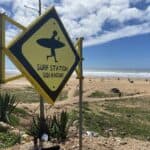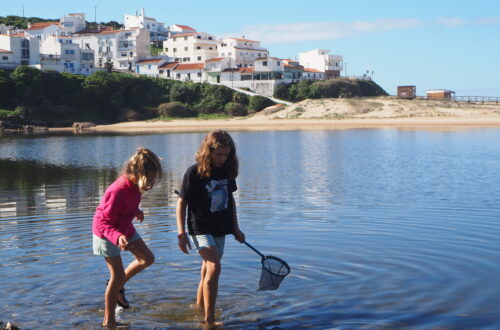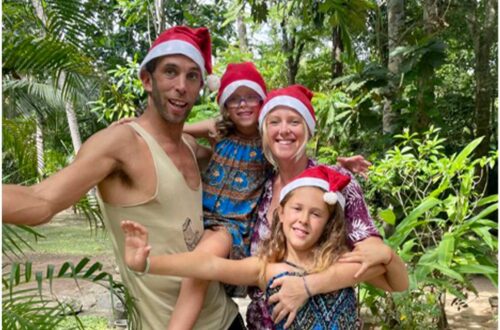
The EASY and cheapest way to get your visa for Sri Lanka
You have made the amazing decision to travel to Sri Lanka (we don’t blame you, it is one of our favourite destinations with kids)
- Is It Safe to Travel to Sri Lanka with Kids 2024?
- Festivals in Sri Lanka
- Where To Surf In Sri Lanka With Kids – Best Beaches 2024
- The EASY and cheapest way to get your visa for Sri Lanka
- A Sri Lanka Safari Adventure for all budgets
- Travel around Sri Lanka with Kids- the easiest, the cheapest and the most exciting!
- The Ultimate Guide to Sri Lankan Food for Families
See, we have a lot to say on this place.
But first, lets talk logistics and surely one of the first steps will be to make sure you can get into the country! So before you set foot on this enchanting island, there’s one essential step you must take – obtaining a visa.
Navigating the visa application process for Sri Lanka may seem like a daunting task, but actually this is definitely one of the easiest visa application processes we have been through (I’m looking at you Vietnam!) In this comprehensive guide, we’ll unravel the details of securing your visa, ensuring a smooth and hassle-free start to your Sri Lankan adventure.
You will find all you need to know here. But bear in mind, information does change so remember to check out the links to the official information.
Your Sri Lankan adventure begins here!
Here is where you will apply for your visa
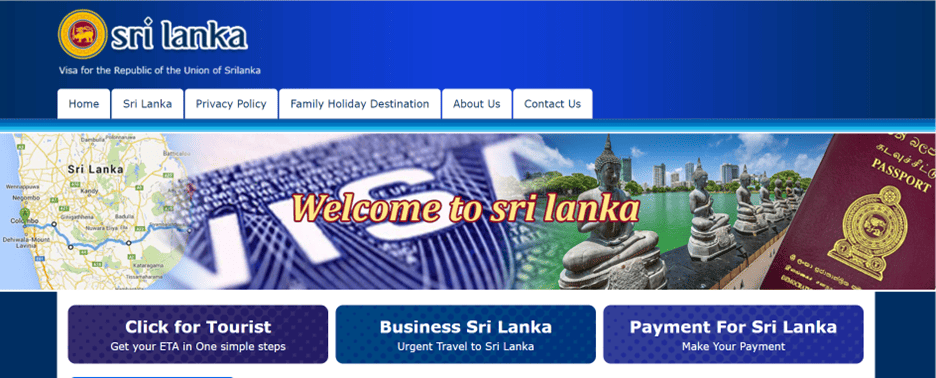
Do I need a visa to visit Sri Lanka?
The simple answer for the majority of people reading this will be yes…however if you are lucky enough to be a citizen of from The Republic of Singapore, The Republic of Maldives and The Republic of Seychelles then you can enter Sri Lanka without a visa.
Do Children need a visa?
all travelers including children must have a valid visa to travel to Sri Lanka. However, children under 12 years of age are exempt from obtaining a Sri Lanka ETA. Once your visa has been approved, print out the visa confirmation to show immigration officials on arrival in Sri Lanka. Children and babies also require their own passports and visas.
Can I get a visa on arrival?
Yes…but honestly the online application is so easy, I would highly recommend doing ahead of time. It’s also $10 cheaper per adult to do in advance online.
For trips to Sri Lanka of up to 30 days, visas, also known as ETAs, can be obtained from the government’s Department of Immigration and Emigration website. The application involves completing a simple form and making an online payment. It is by far one of the easiest visa’s to apply for. Let’s not get started on the visa process for Vietnam!
Do I need to use an agent to get my visa?
Absolutely not! There are lots of official looking visa application pages but the only one you need is the official one which is here
What is the ETA?
To apply for a visa to Sri Lanka, you can obtain an Electronic Travel Authorization (ETA) online, which is the most commonly requested visa. The ETA is issued electronically and allows you to stay in Sri Lanka for up to 30 days, with the possibility of extending your trip to 6 months.
Do I need a transit visa for Sri Lanka?
Yes. You can find out more information here.
Who can apply for an ETA for Sri Lanka?
Here is a link that provides information about who is eligible to apply for an Electronic Travel Authorization (ETA) to Sri Lanka: . According to the information provided, to be eligible for a Sri Lankan ETA visa, you need to meet the following requirements:
- Have a passport that is valid for at least 6 months upon the intended entry date to Sri Lanka.
- Have sufficient funds for your stay in Sri Lanka and your return or onward travel.
- Not need to be in possession of a Sri Lankan resident visa or a multiple entry ETA.
- Have a current email address to which the Sri Lankan online visa will be sent.
- Have a valid debit or credit card with which to pay the ETA Sri Lanka fee.
How much is the visa for Sri Lanka?
The cost of a tourist visa to Sri Lanka depends on several factors but here are some examples of visa costs:
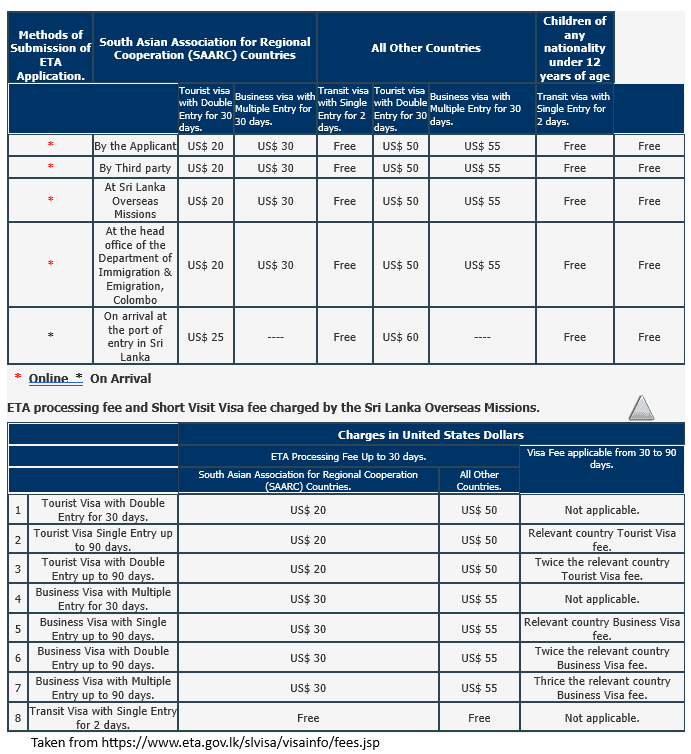
How much does it cost to extend a visa?
The cost of extending your visa in Sri Lanka depends on the type of visa and the duration of your stay. Here are some examples of visa extension fees:
- For a short-term visit visa, you can apply for an extension of up to 270 days in three consecutive instances: 30 days on entry, 60 days at the first extension, and 90 days for the second and third instances1.
- The fee for extending your Sri Lanka visa on arrival is currently $100 USD2.
- The Sri Lanka visa extension fee is $60 USD for the first extension and $90 USD for the second extension3.
HERE IS THE SECRET TIP!
If there is any possibility at all that you will want to extend your visa, in fact, whatever your situation I would highly recommend applying for the 90 day tourist visa. It is the same price as the 30 day visa! This mistake cost us as we also had to pay to extend the children’s initial *free* visa!
| 1 | Tourist Visa with Double Entry for 30 days. | US$ 50 | Not applicable. | |
| 2 | Tourist Visa Single Entry up to 90 days. | US$ 50 | Relevant country Tourist Visa fee. |
If you do decide to extend (why wouldn’t you? Sri Lanka is amazing!) extending your visa online is a simple process.
So you have your visa…what now? Check out our itinerary here
SRI LANKA ITINERARY POST
Or looking for the perfect surf spot? Here is where to head with the kids
Please note that the information provided here is based on the available sources, and it is always a good idea to check the official Sri Lankan government websites for the most up-to-date and accurate information.
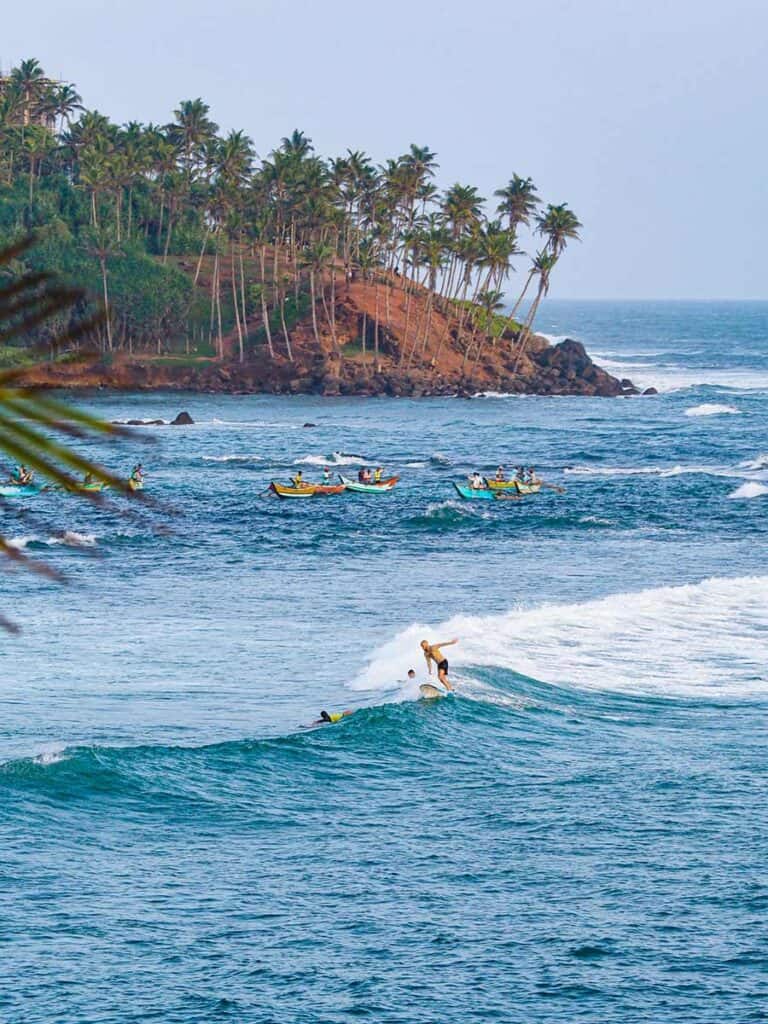
Frequently Asked Questions About Traveling to Sri Lanka
Do I need a visa to travel to Sri Lanka?
This was a test, hopefully you read this post. Yes, a visa is required before entering Sri Lanka, and a 30-day tourist visa can be obtained online.
When is the best time to travel to Sri Lanka?
December to March is ideal for the west and south coast, while April to September is best for the east coast. Avoid September for Yala National Park due to closures.
Is Sri Lanka a family-friendly destination?
Yes, Sri Lanka is family-friendly, safe, and offers activities like safaris, beach visits, and cultural exploration for families.
What language is spoken in Sri Lanka?
The official languages of Sri Lanka are Sinhala and Tamil.
Is English spoken throughout Sri Lanka?
English is fairly widely spoken throughout the country, but not everyone may be fluent.
What currency is used in Sri Lanka?
Sri Lankan rupee is the local currency, and credit cards like Mastercard and Visa are widely accepted.
Is Wi-Fi readily available?
Wi-Fi is available in most major areas, but there may be gaps in service in remote regions and the occasional power cut!
Can I use my phone in Sri Lanka?
You can purchase a local SIM card, but we recommend having an esim as well.
Here is why I wish I had purchased an Esim prior to our round the world travels.
Is it safe to drink tap water?
It’s strongly advised not to drink tap water; opt for treated and filtered water.
What is the tipping culture in Sri Lanka?
Tipping is customary in Sri Lanka, and it’s appreciated to leave a gratuity of around 10% to 15% in restaurants. Additionally, it’s common to tip hotel staff, tour guides, and drivers as a gesture of appreciation.
Where can I shop for things for kids in Sri Lanka?
You can find a variety of shopping options for children’s items in Sri Lanka, including local markets, department stores, and specialty shops. Be sure to explore areas like Colombo for a wider selection.
What plug sockets and voltage are used in Sri Lanka?
Sri Lanka uses Type D and Type G plug sockets with a voltage of 230V and a frequency of 50Hz. Travelers may need plug adapters and voltage converters for their electronic devices.

Meet the author
Lisa is the founder of Boston Tribe Travels. She has lived and travelled abroad for the last 15 years, visited more than 30 countries and has done most of that with her husband and two children. As a full time travel family, they like to travel slow, worldschool and seek new adventures. From living in Borneo for 5 years to backpacking South America, Lisa shares a wealth of travel experience to empower more families to travel and learn together.





